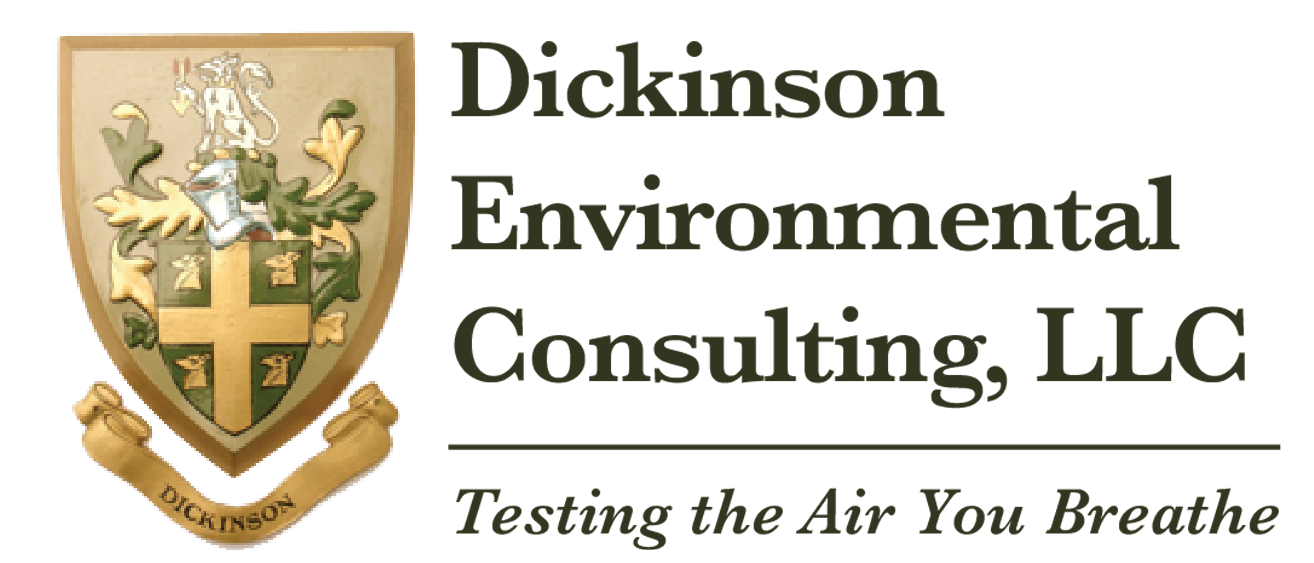
Asbestos Testing
The use of asbestos has been used in literally hundreds of products through the years from building materials such as joint compound, plasters, flooring materials, gypsum board, and fireproofing materials along with many other materials to its use in the industrial field being used in brakes pipe insulation. Its widespread use was because of its low cost, plentiful supply, ready availability, and its unique properties as it does not burn, conduct electricity, it heats poorly and is impervious to chemical corrosion.
Asbestos was widely used during the 20th century until the 1970s, when public recognition of the health hazards of asbestos dust led to its prohibition in mainstream construction and fireproofing in most countries. Despite this, and in part because the consequences of exposure can take decades to arise, at least 100,000 people per year are thought to die from diseases related to asbestos exposure. Despite the severity of asbestos-related diseases, the material has been widely used all over the world, and most buildings constructed before the 1980s are thought to contain asbestos. Many developing countries still support the use of asbestos as a building material, and mining of asbestos is ongoing, with top producer Russia having produced about one million tons in 2015. In the United States asbestos, while not being mined in the U.S., is still used in materials. Over 90% of asbestos containing materials are still on the market.
Some common products that legally contain asbestos include:
Flat and corrugated sheets
Asbestos protective clothing
Automotive brake pads and clutch disc
Roofing, ceiling, and flooring materials
Gaskets, valves, hoses, and packings
Asbestos-cement pipes
Pipe and duct wraps
However, under the EPA and CPSC rules, several asbestos-containing materials have been banned. The following are products that are on the banned substance list.
Corrugated paper
Commercial paper
Specialty paper
Flooring felt
Rollboard
New uses
Spray-on fireproofing and insulation materials
Spray-applied decorative materials
Wet-applied and pre-formed molded pipe insulation
Block insulation for boilers and furnaces
Spackling and joint compound
Decorative fireplace embers
With these laws being passed by OSHA and EPA New York State Department of Labor developed Code Rule 56 which is a guidance for the detection, sampling, analysis, reporting, and disposal of asbestos containing materials or ACMs. This guidance regulates how ACMs are to be treated. Some of the industries that should adhere to Code Rule 56 are home restoration companies, remodelers, and demolition companies.
When an asbestos survey is deemed necessary only licensed survey personal should complete this. During the survey the surveyor may take samples that he suspects to be ACMs. These samples are sent to a certified laboratory for analysis where they are tested. Any material found that contains >1% asbestos is deemed ACM and must be handled in accordance with Code Rule 56.
Reach out to us to learn more about Indoor Air Quality and why it is vital to maintain healthy air environments for occupants, both commercial and residential.
315-256-4904

